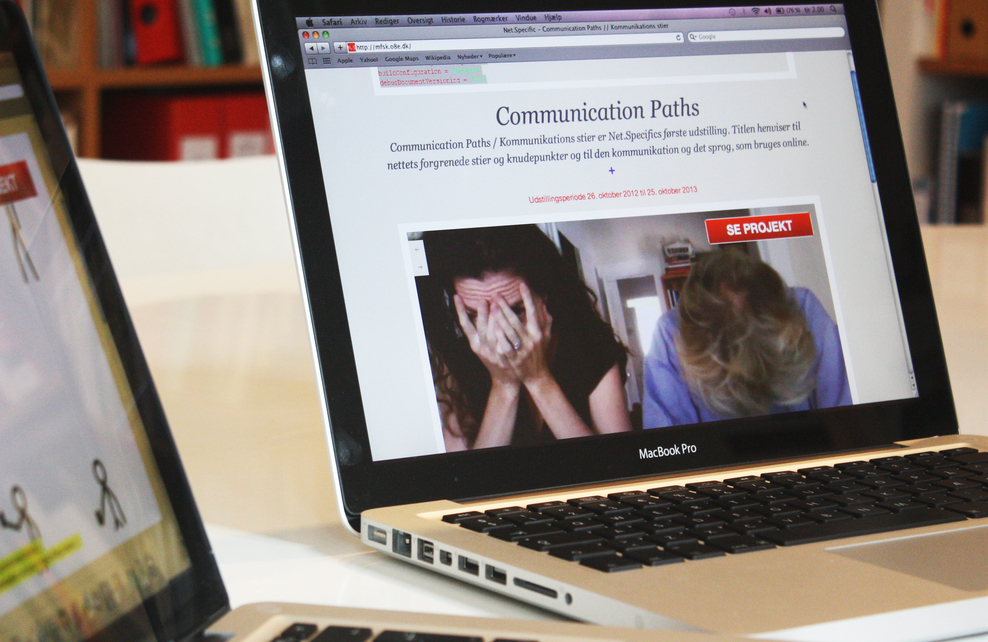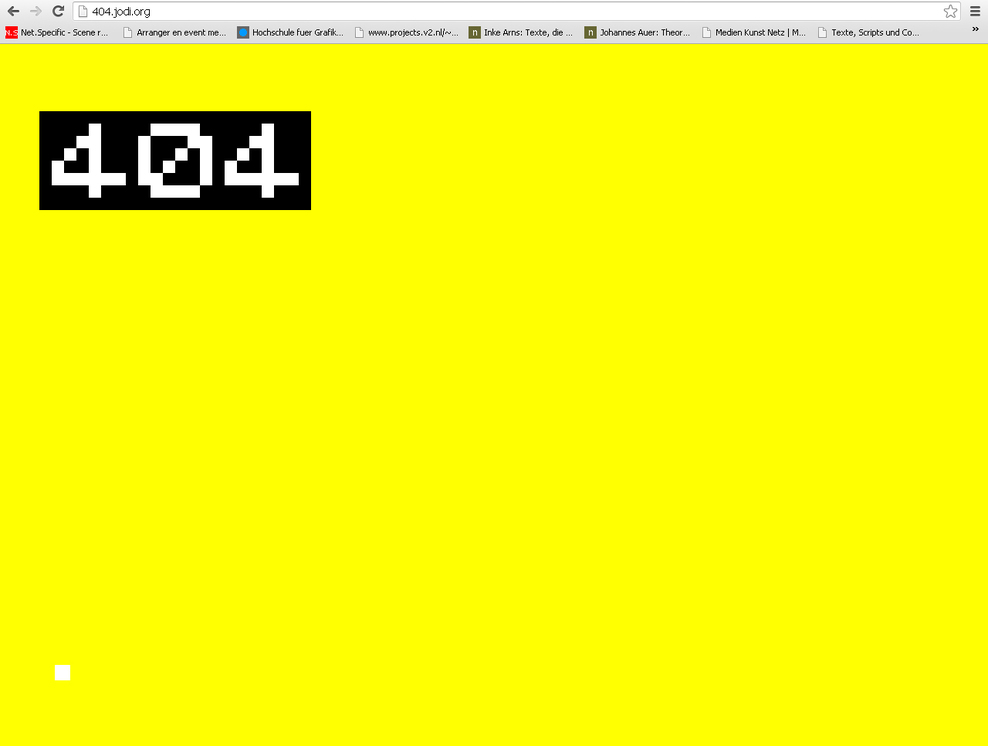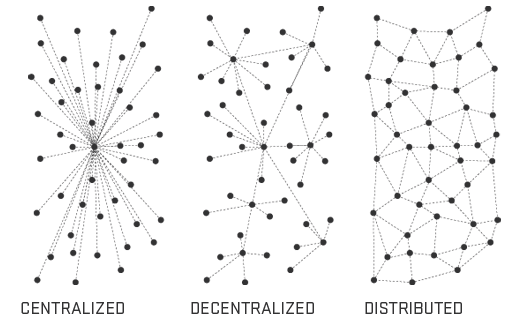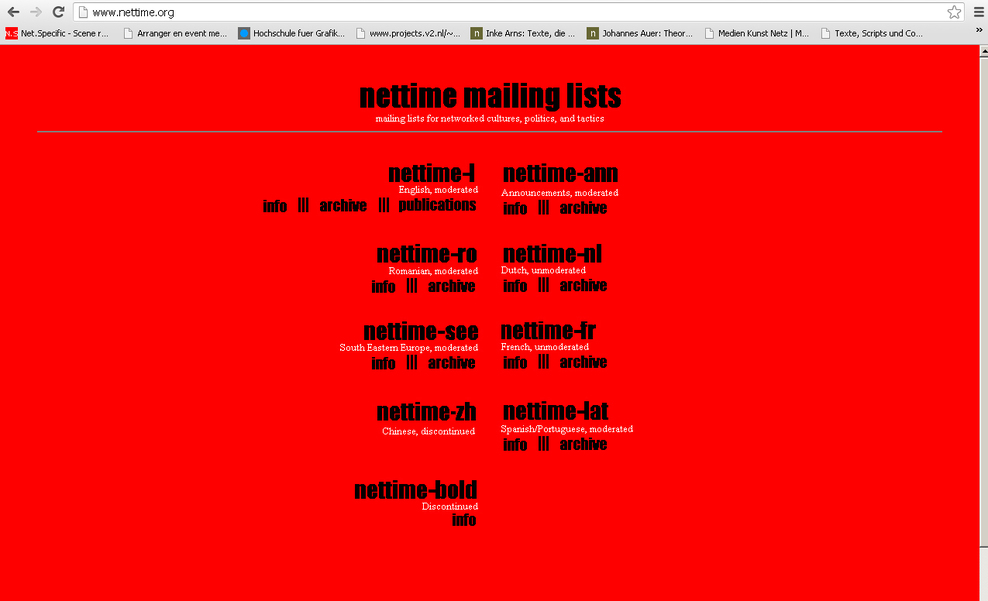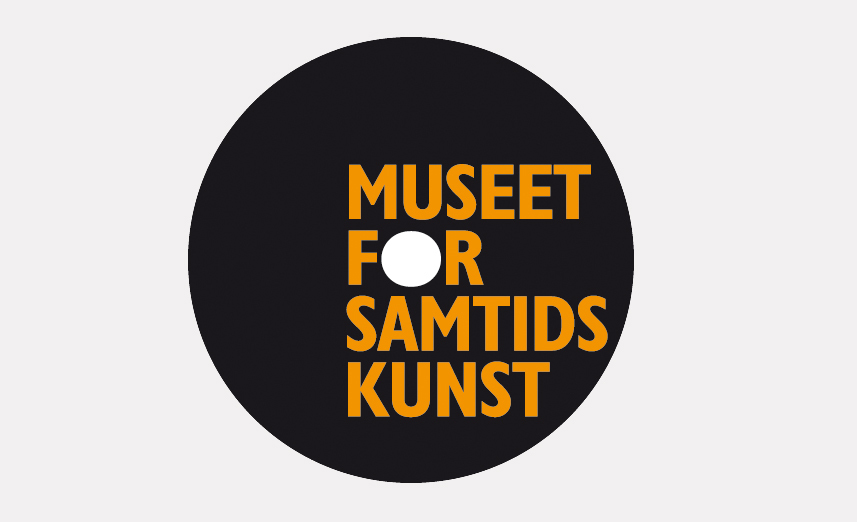Many renowned researchers like to publish their articles on the web and have been active in the many e-mail lists, discussion sites and forums that deal with digital culture; nettime, 7-11 and Rhizome.org for example. The discussions and activities that take place on these lists and sites are essential if we are to understand the movements of Internet culture. The most prominent lists and forums participated in the creation of a culture around net art and drew attention to the existence of the various works. Similarly, the physical meetings were important. They brought together the core of these artists to discuss works and issues, such as the tactical media conference, Next5Minutes. This tradition still continues at the major festivals of digital culture, such as the annual Transmediale in Berlin, Germany and Ars Electronica in Linz, Austria, as well as small artist-run events, such as 0100101110101101.ORG’s The Influencers, which since 2004 has been held annually in Barcelona, Spain. Although, many of these are focused on media and digital culture broadly, the latter also on media activism.
Litterature on net art
Atkins, Robert: “State of the (Online) Art”, originalt publiceret i Art in America, april 1999: http://www.robertatkins.net/beta/shift/online/state.html
Baumgärtel, Tilman: net.art: Materialen zur Netzkunst, Nürnberg: Verlag für moderne kunst Nürnberg 1999
Baumgärtel, Tilman: net.art 2.0: Neue Materialen zur Netzkunst, Nürnberg: Verlag für moderne kunst Nürnberg 2001
Baumgärtel, Tilman: “Mark Napier’s „Landfill‟”, in Nettime, 1998: http://www.nettime.org/Lists-Archives/nettime-l-9807/msg00074.html
Bookchin, Nathalie: a history of net art (open source)
http://bookchin.net/history.html
Bosma, Josephine: ”Is it a Commercial? Is it Spam? It is net.art!”, originalt publiceret i Mute, 1998: http://laudanum.net/cgi-bin/media.cgi?action=display&id=953720713
Bosma, Josephine: Nettitudes – Let’s talk net art, NAi Publishers, 2012
Brøgger, Andreas: ”net art, web art, online art, net.art” (2000), in Afsnitp.dk on/off: http://afsnitp.dk/onoff/Texts/printerfriendly/broggernetart,we.html
Brøgger, Andreas: ”www.kunst.net/essay.doc”, in Kritik, 34. årg. nr. 149, 2001
Chandler, Annmarie & Norie Neumark (red.): At a Distance – Precursors to Art and
Activism on the Internet, Cambridge, Massachusetts/London, England: The MIT Press 2006
Corby, Tom: Network Art: Practices and Positions, London/Oxon/New York: Routledge 2006
Daniels, Dieter & Gunther Reisinger (red.): Net Pioneers 1.0: Contextualising Early Net-based Art, Berlin: Sternberg Press 2010
Dietz, Steve: ”Curating Net Art: A Field Guide”, in Christiane Paul (red.): New Media in the White Cube and Beyond, Berkeley/Los Angeles, London: The University of California Press 2008, pp. 76-84
Dietz, Steve: ”Collecting New-Media Art: Just Like Anything Else, Only Different”, in Bruce Altshuler (red.): Collecting the New: Museums and Contemporary Art, New Jersey/Oxfordshire: Princeton University Press 2005, pp. 85-101
Gere, Charlie: Digital Culture, London: Reaction Books 2002/ 2008, 2. udgave
Greene, Rachel: Internet Art, London: Thames & Hudson 2004
Krysa, Joasia (red.): Data Browser 03: Curating Immateriality: The Work of the Curator in the Age of Network Systems, New York: Autonomedia 2006
Lillemose, Jacob, Nikolaj Recke & Artnode.ORG (red.) Vi elsker din computer, København: Artnode.org & Det Kgl. Danske Kunstakademi 2008
Lunenfeld, Peter (red.): The Digital Dialectic, Cambridge, Massachusetts/London, England: The MIT Press 1999/2000
Lunenfeld, Peter: Snap to Grid: A User’s Guide to Digital Arts, Media, and Cultures, Cambridge, Massachusetts/London, England: The MIT Press 2000
Nason, Gabriele & Filomena Moscatelli (red.): Eva and Franco Mattes: 0100101110101101.org, Milano: Charta Books 2009
Paul, Christiane (red.): New Media in the White Cube and Beyond, Berkeley/Los Angeles, London: The University of California Press 2008
Shulgin, Alexei & Olga Goriunova: ”Glitch”, in Neural, nr. 28, 2008, pp. 44-47
Shulgin, Alexei & Olga Goriunova: Read_me: Software Art & Cultures, Aarhus: Aarhus University Press 2004
Stellabras, Julian: Internet Art: The Online Clash of Culture and Commerce, London: Tate Publishing 2003
Trant, Jennifer: ”When All You‟ve Got is „The Real Thing‟: Museums and Authenticity in the Networked World”, in Ross Parry (red.): Museums in a Digital Age, Lon-don/Oxon/New York: Routledge 2010, pp. 306-313
Wysocka, Elzbieta: Agatha Re-appears, restaureringsrapport i regi af C3: Center for Culture & Communication Foundation, 2008: http://www.incca.org/preservation/390-wysocka-e-agatha-re-appears-net-art-resoration-project.html
Net art links
Mark Napier
RTMark
etoy
Olia Lialina
Heath Bunting / Irational.org
Vuc Cosic
JODI
Alexei Shulgin
0100101110101101.ORG
Mogens Jacobsen
Michelle Teran
Anders Bojen og Kristoffer Ørum
Jens Wunderling
Christophe Bruno
Constant Dullaart
Web 2.0 Suicide Machine
E-mail lists, forums and exhibition sites
Rhizome.org
Nettime
Artnode.org
7-11 (not active)
artificial.dk
afsnitp.dk
Dia center
turbulence.org
Whitneys Artport
adaweb
Festivals:
The Influencers
Transmediale
Ars Electronica
Electrohype
Next5minutes
Digital Culture:
Neural
Wired
Eyebeam
Furtherfield
